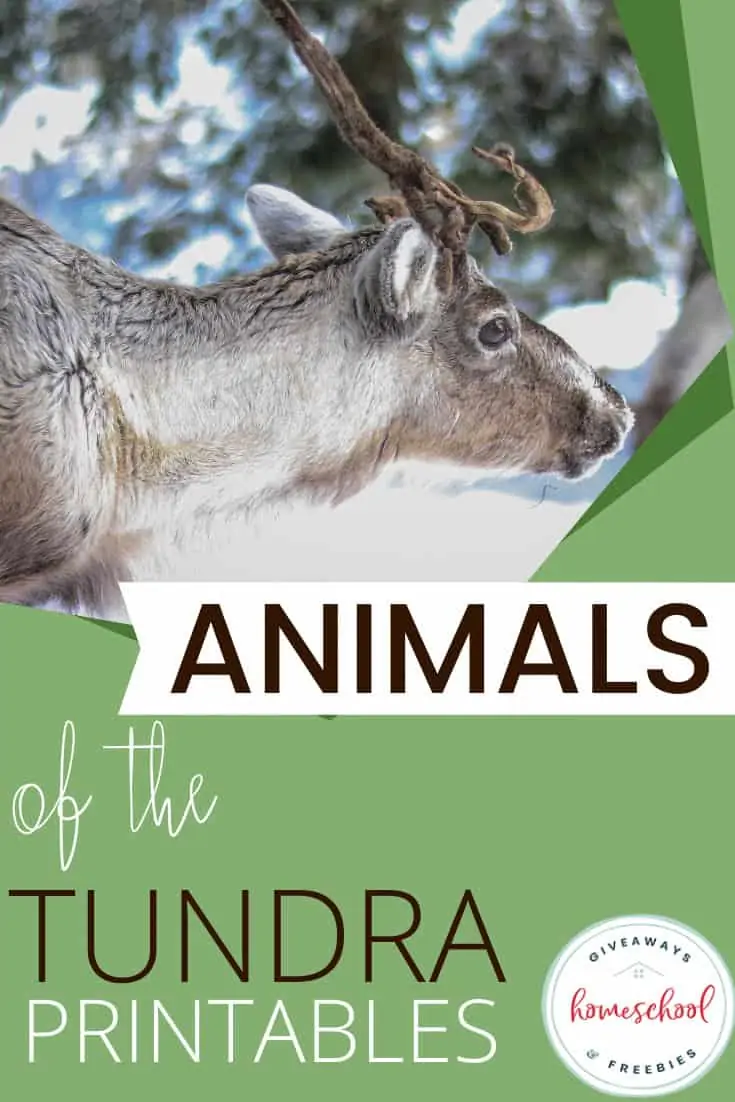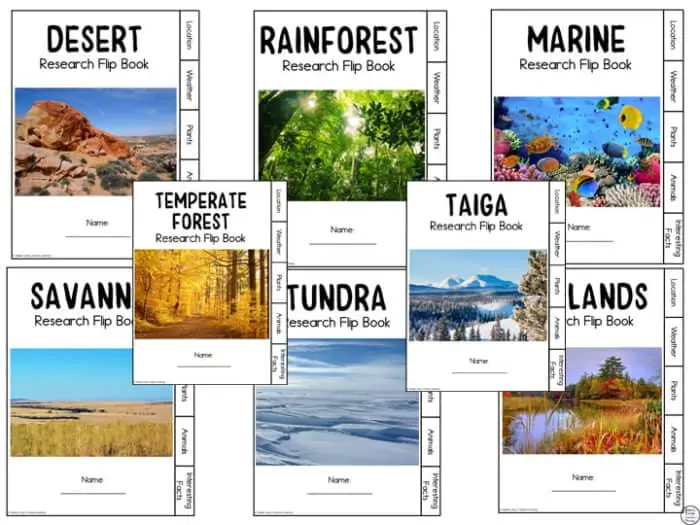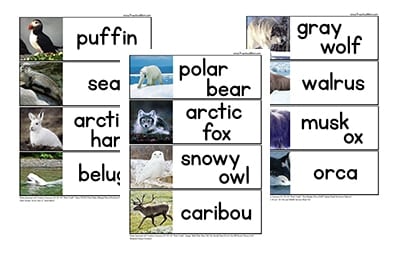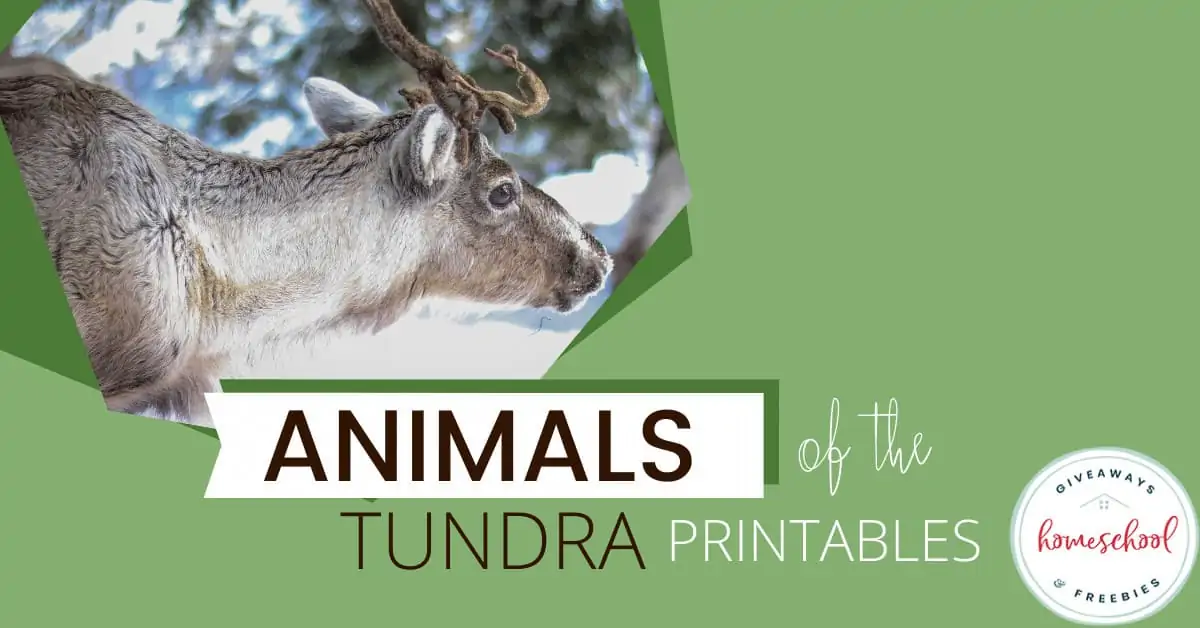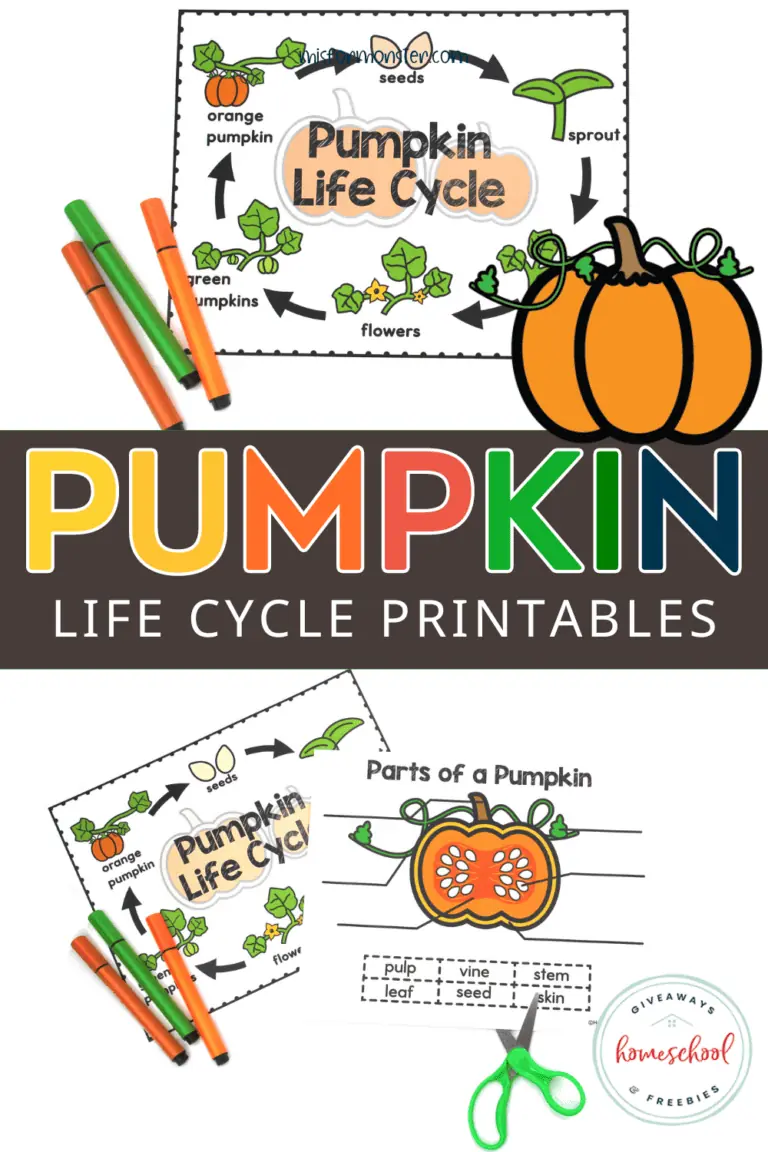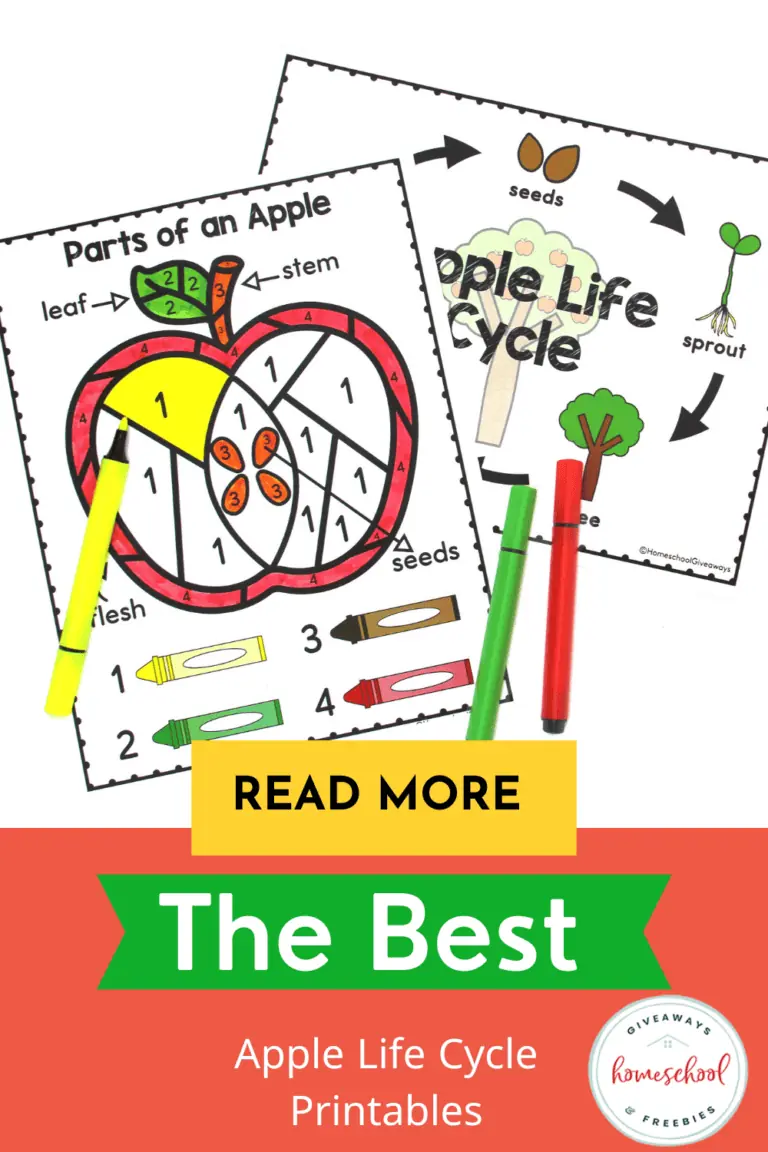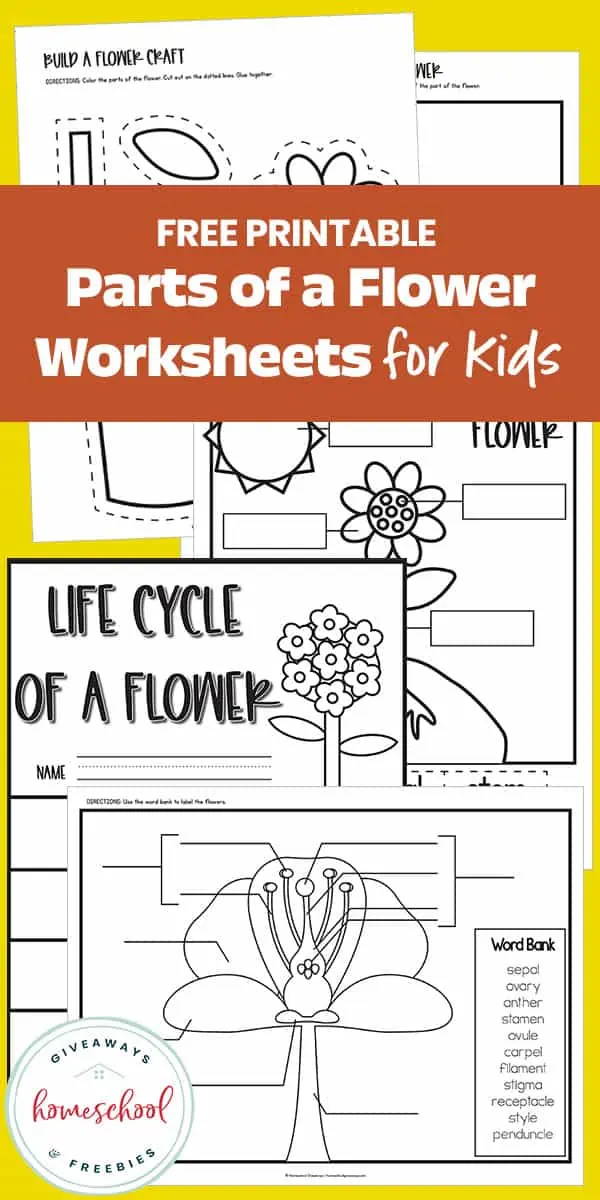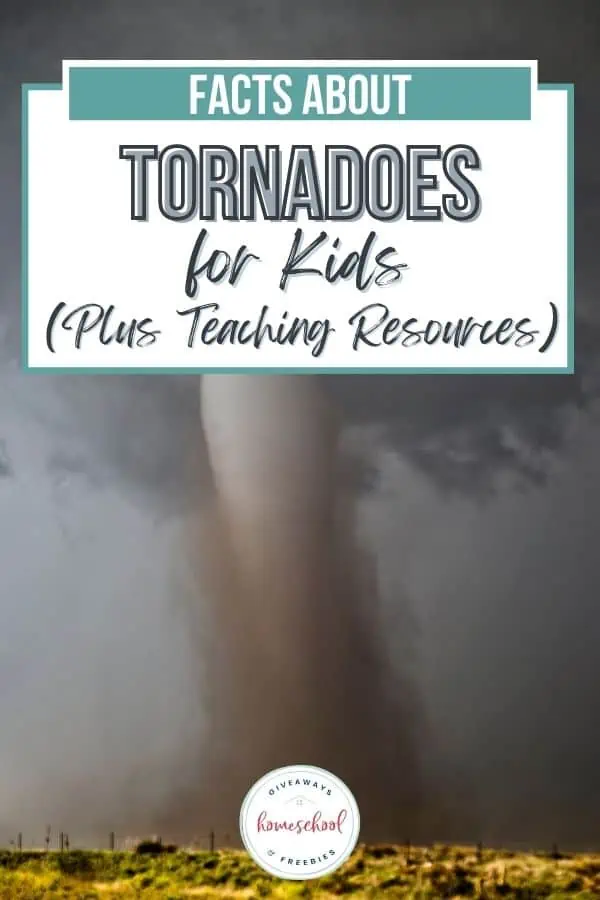Animals of the Tundra Printables
Published:
December 16, 2019
Contributor:
Jeannette Tuionetoa
Disclosure: This post may contain affiliate links, meaning if you decide to make a purchase via my links, I may earn a commission at no additional cost to you. See my disclosure for more info.
If you are continuing this year’s biome study with the tundra habitat, then these animals of the tundra printables will surely help. Many of us are familiar with the colder region, yet we really don’t know that the term for it is actually “tundra.” OK, I didn’t know that, and I was hoping I wasn’t alone. That was a mom fail.
[series_meta]
The tundra biome is a cold area. The tundra can describe places like the tips of the globe that are white. They aren’t white because of a lack of better colors. They are white for snow and ice because they are SUPER cold. They are the places that make us shiver a little, even just looking at the photos.
The tundra is a biome that has very low temperatures and extremely short growing seasons. There are two different types of tundra, the Alpine and the Arctic regions. The soil beneath the surface of the earth is permanently frozen.
The tundra is located north of the taiga biomes. The Alpine tundra is what we see above the tree line on mountain tops across the world. The Antarctic tundra, of course, is in parts of the continent of Antarctica and a few sub-Antarctic islands – ALL super cold.
Just like the animals of the taiga, the animals in the tundra are also full of special adaptations that allow them to live perfectly well in the freezing weather.
There aren’t a lot of different types of animals in the tundra. In the cycle of life in the tundra, many of the animals depend on the other to survive in a prey-hunter relationship. This means that fluctuations in one type of animal population can seriously affect the population of another.
I really love the cold weather, but I don’t think I could live in a place that was cold, all the time. As much as I remember the amazing parts of the cold weather like Christmas, snow angels, and ice skating, I also remember the downside.
Some of the downsides I remember are clearing up the snow from driveways, dirty snow the day following a snowy day, slippery roads, and inevitable slips and slides when you least expect them.
I still love the cold weather, but I can only take it in small doses now. I will leave the tundra cold to those animals which God made to live there. Learning about the tundra is a whole different subject, but you can learn all about them from the comfort of your own warm home.
Don’t miss this LIMITED TIME FREEBIE – Learning About Biomes Flip Book!
Grab these excellent resources to teach your kids all about the animals of the tundra.
15 Animals of Antarctica – Nomenclature and Information Cards | Montessori Nature
Polar Animals Fact Sheets and Games to Play with Them | In the Playroom
Tundra Vocabulary Concept of the Day Cards | Peanut Butter Fish Lessons
Animal Notebooking for Beginners, Animals of Frozen Lands | Write Bonnie Rose
Arctic Animal Preschool Printables | Preschool Mom
Arctic Animals Bingo {free printable} | Gift of Curiosity
Arctic Animals Memory Game (Free Preschool Printable for Arctic Animal Unit Studies) | Autistic Mama
Arctic Animal Matching Games | Love Over C’s
Arctic Animals Printables Pack with more than 70 Arctic animal activities for kids! | Gift of Curiosity
FREE Antarctic and Arctic Animals Printables Packet for Preschool | Real Life at Home
Free Polar Animal Notebooking Page | Look We’re Learning
Arctic Animals gross motor movement game {free printable} | Gift of Curiosity
Habitats Word Search: Tundra Animals | Education.com
FREE Freeze Activity Pack | The Notebooking Nook
*FREE* Awesome Arctic Animals PreK Pack | Life of a Homeschool Mom
Arctic Animal Picture-Word Cards | PreKinders
Arctic Tundra Playdough Mats | In All You Do
Arctic Animals Word Search Puzzle FUN | Puzzles to Print
Arctic Animal Update K-2nd | Royal Baloo
Unit study: Polar animals and lands | Gift of Curiosity
{FREE} Antarctic Animals BINGO | Preschool Powol Packets
My kids and I enjoyed learning some cool facts about the tundra that your family might enjoy as well:
- Tundra comes from a Finnish word which means treeless plain.
- Polar bears come to the tundra during the summer, where the moms give birth to their babies.
- In the tundra, you may find animals with large feet, small ears, and tails that help them lose less heat in the cold weather.
- The plants that do grow in the tundra are often called cushion plants because they are in tight groups to stay safe from the cold.
Check out these resources you may want to add to your unit study:
Habitat Series: Tundra Themed Printables, Freebies and Projects
FREE Arctic Animals Printables and Resources
Creative Writing and Illustration Prompts: January
Tundra Biomes (Earth’s Natural Biomes)A Walk in the Tundra (Biomes of North America)Life in a Tundra (Blastoff! Readers: Biomes Alive!) (Blastoff Readers Level 3, Biomes Alive!)Counting in the Tundra 1-2-3 (All about Counting in the Biomes)Let’s Visit the Tundra (Lightning Bolt Books ® _ Biome Explorers)Tundra Biomes Around the World (Exploring Earth’s Biomes)The Tundra: Discover This Frozen Biome (Discover the World’s Biomes)Tundra Biome (Biomes)Biome Beasts Tundra AnimalsSeasons Of The Tundra Biome (Biomes)
The tundra is a cool place to learn about, especially for those families who don’t usually experience freezing cold weather. Kids will be excited to learn about biomes other than their own.

